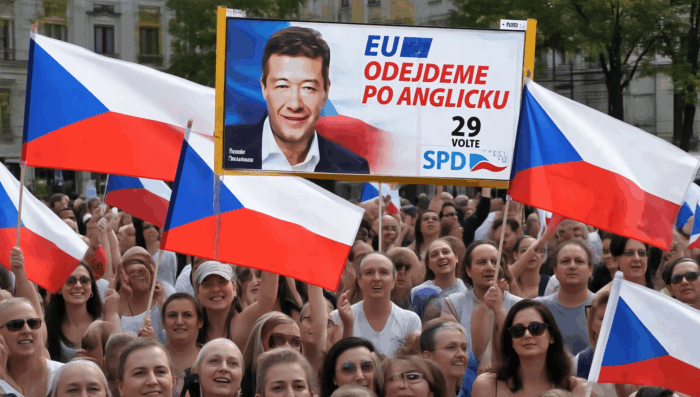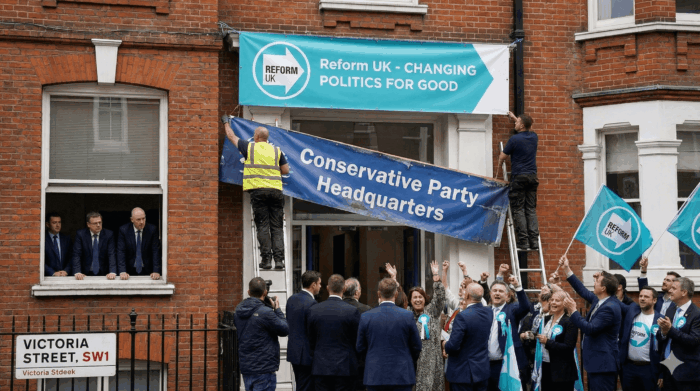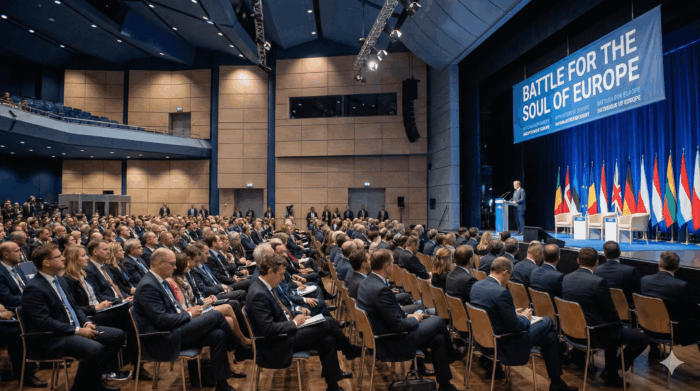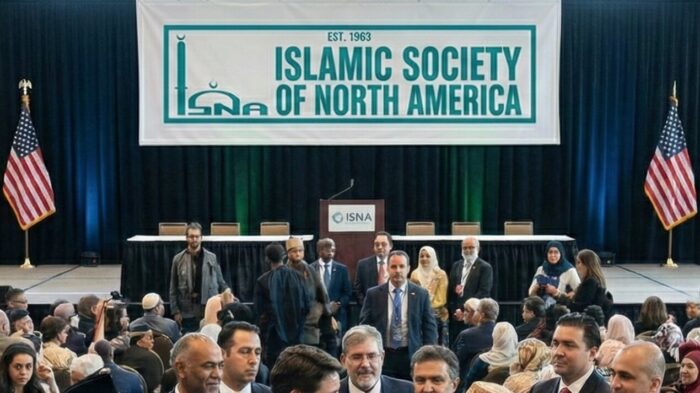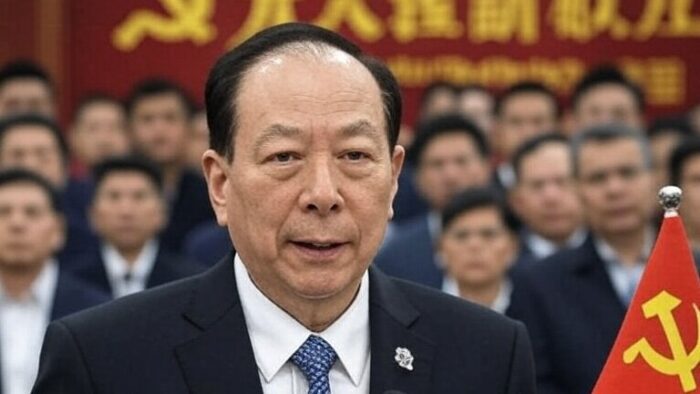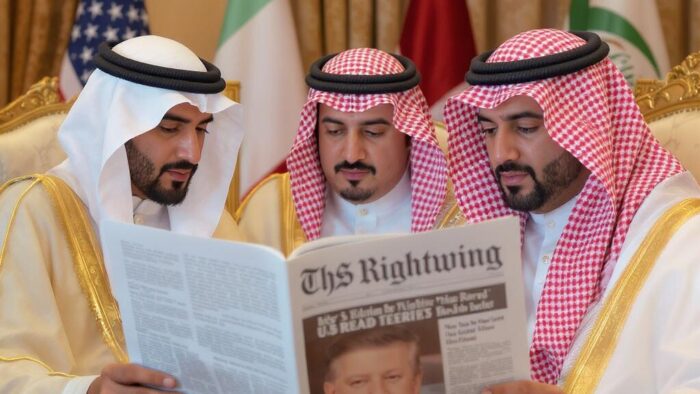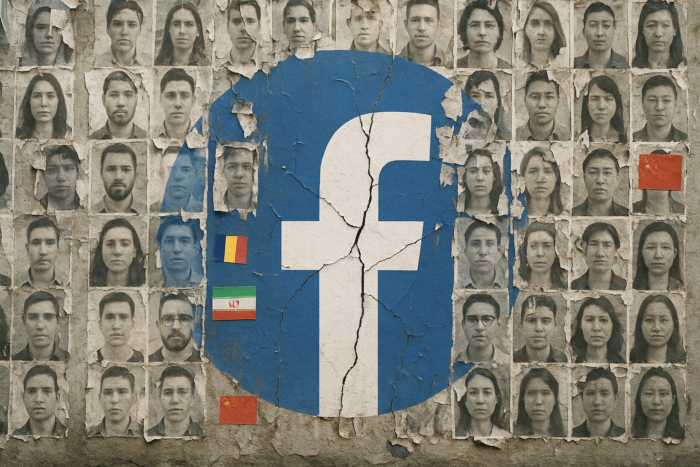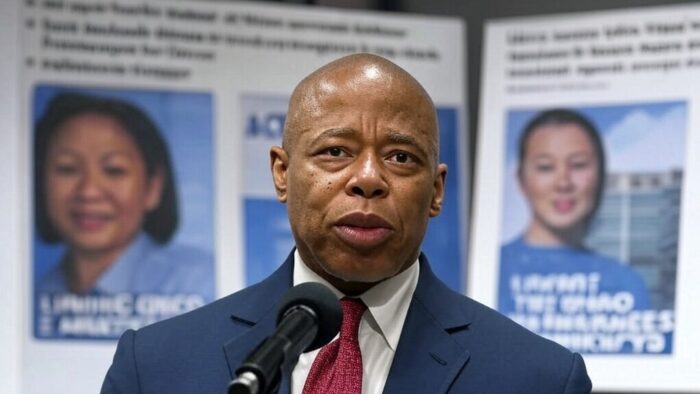Russian disinformation operations in Africa deploy thousands of agents, proxies, Kremlin-controlled media outlets, co-opted journalists, and paid influencers to weave compelling propaganda narratives across the continent. On 22 October 2025, the European Council on Foreign Relations reported that Moscow has developed a powerful propaganda machine using AI-generated content, bot farms, and fake videos to push African governments closer to its foreign policy objectives, particularly in Burkina Faso, Mali, and the Central African Republic. The article begins:
Russia has made significant inroads in Africa—particularly in Burkina Faso, the Central African Republic and Mali—deploying military operations that, while limited in scope, are often devastating for local civilian populations. At the same time, Moscow has developed a powerful propaganda machine that taps into existing antipathy towards Europe, particularly France, to push African governments closer to its foreign policy objectives. Europeans have no genuine, resolute partner in Africa today. Most governments and elites are skilfully hedging their bets between Europe and Russia. Like-minded Africans and Europeans should push back with comprehensive sanctions on enablers, counter-disinformation campaigns, a re-evaluation of outdated development models, stronger military aid, and support for influencers who can challenge Russia-aligned narratives in local networks. Day and night, week in and week out, thousands of Russian agents, proxies, Kremlin-controlled media outlets, co-opted journalists and paid influencers weave a compelling story for Africa. In this fantasy, Russia is a champion of freedom, sovereignty and African dignity.
Read more: https://ecfr.eu/publication/the-bear-and-the-bot-farm-countering-russian-hybrid-warfare-in-africa/
Key Points
- Russian disinformation operations deploy thousands of agents, proxies, Kremlin-controlled media outlets, and paid influencers to spread propaganda narratives championing Russia as a freedom champion in Africa.
- Burkina Faso’s president Ibrahim Traoré became a cult icon through AI-generated endorsements from Pope Leo XIV, Rihanna, and Beyoncé, with fake videos claiming industrial renaissance viewed millions of times.
- Russian agents embedded in Burkina Faso’s intelligence service in late 2023 assist the junta in monitoring opponents, running influence operations, and training propagandists to spread pro-Kremlin narratives.
- Moscow’s bot farms and disinformation campaigns reshape public discourse across Africa, undermining democratic progress while tricking thousands into slavery in Ukraine or ammunition factories.
Russian Disinformation Operations in Africa: Government Agencies, Religious Institutions, and Cultural Foundations
Russia deploys a sophisticated three-pronged strategy to expand influence across Africa, combining government agencies, religious institutions, and cultural foundations to position itself as a liberator from Western neocolonialism while promoting modernization partnerships. This approach exploits longstanding grievances about foreign interference and capitalizes on the Soviet Union’s anti-imperialist legacy.
At the operational center stands the Wagner Group, which provided security and paramilitary support in multiple African nations before transitioning to the Africa Corps under direct Russian Ministry of Defense control in 2024. Starting in 2017, Wagner operated in Sudan, the Central African Republic, Libya, and Mali, leveraging Russia’s “shadow state” networks of politico-oligarchic individuals that intersect with security services. The group’s business model provided security for vulnerable regimes in exchange for access to natural resources, particularly gold mines, while Russian forces gained access to strategic airbases and ports. Following Prigozhin’s 2023 death, the Africa Corps deployed to Burkina Faso, Niger, and Mali, maintaining Russia’s military footprint.
The Russian Orthodox Church established a growing role in spreading Russian influence in Africa through religious outreach, with presence in 26 African countries. In December 2021, Moscow created the Patriarchal Exarchate of Africa, directly challenging the Patriarchate of Alexandria’s authority. The Russian church recruits African Orthodox priests through material incentives, offering humanitarian aid, infrastructure, and financial support. Priests receive payments of $200 for switching allegiance from Alexandria to Moscow, with this ecclesiastical expansion coordinating with Kremlin geopolitical objectives as church leadership collaborates with Russian embassies and intelligence services.
Rossotrudnichestvo, the Russian agency responsible for administering civilian foreign aid and cultural exchange, dramatically increased its budget from $77 million to $1.5 billion annually, establishing “Russian Houses” as cultural centers throughout Africa. The agency’s Novoe Pokolenie program brought 921 participants to Russia in 2024, with 264 from Africa, providing training at propaganda outlets RT and Sputnik. Moscow sponsors 80 documented disinformation campaigns across 22 African countries, employing pioneering models of disinformation to gain political influence. These campaigns promote antidemocratic messages while supporting military juntas, with two prominent influencers commanding over 28 million social media followers.
The effectiveness manifests in tangible outcomes as many African countries abstained from voting on Russia’s suspension from the UN Human Rights Council and refused to comply with Western sanctions. Russian narratives about Ukraine continue to resonate, with objectives to sway African countries to support Russian actions and secure Moscow’s regional influence, particularly in the Sahel where military juntas have formed Russian-backed alliances.
External References:
— Russia’s Africa Corps Takes Over From the Wagner Group
— As Russia Builds Influence in Africa, its Church Takes a Role
— Mapping a Surge of Disinformation in Africa
Disclaimer: The Global Influence Operations Report (GIOR) utilizes AI throughout the posting process, including the generation of summaries for news items, introductions, key points, and, often, the “context” section. We recommend verifying all information before use. Additionally, all images are generated using AI and are intended solely for illustrative purposes. While they represent the events or individuals discussed, they should not be interpreted as real-world photography.
